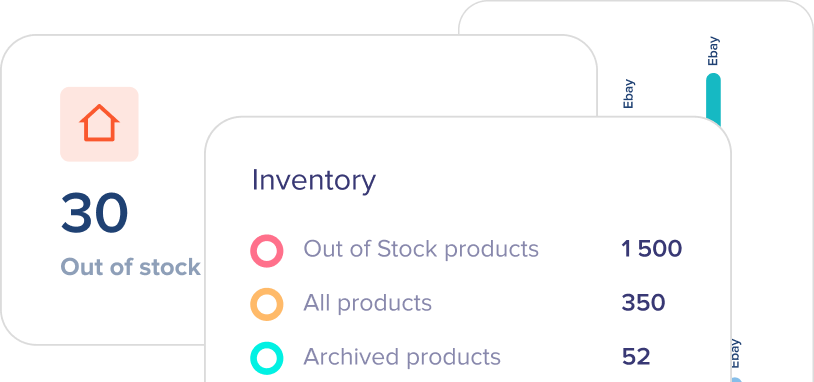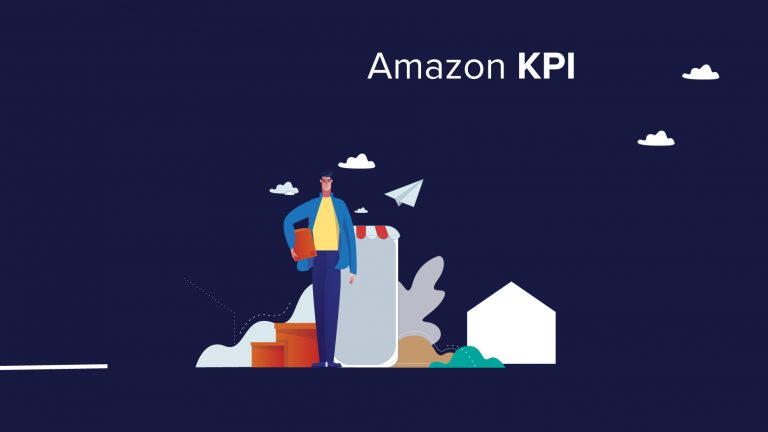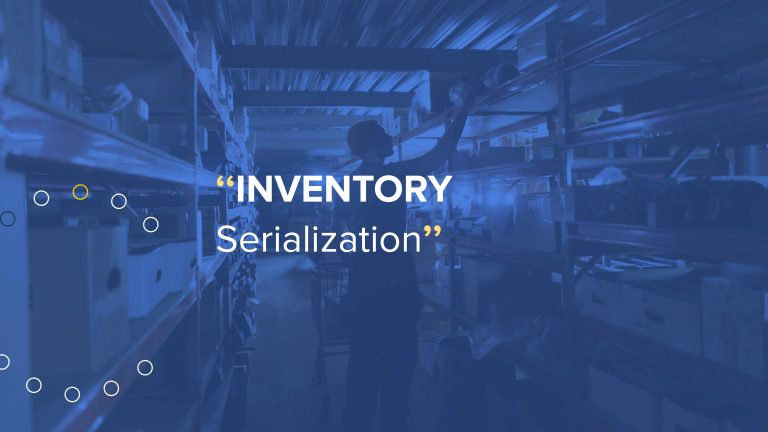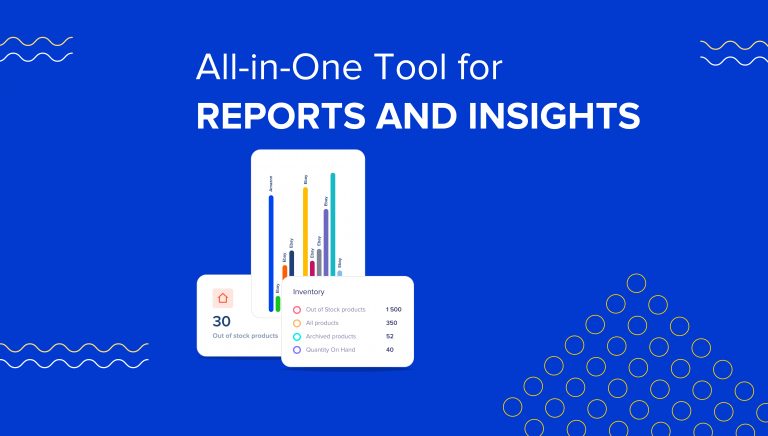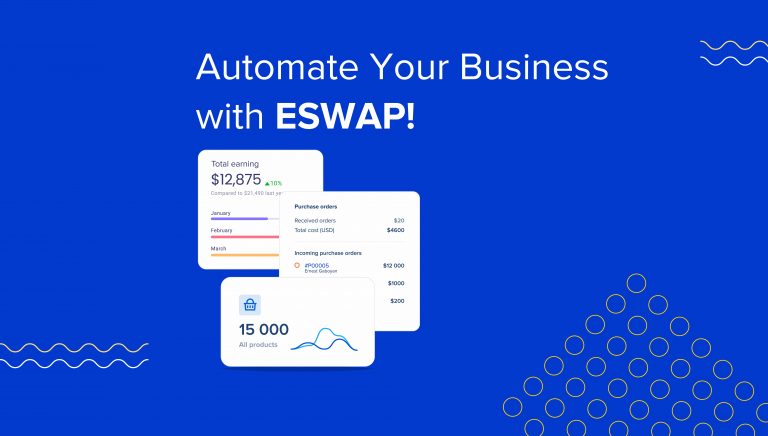Cost of Goods Sold is essentially the cost of manufacturing the products that the company ends up selling.
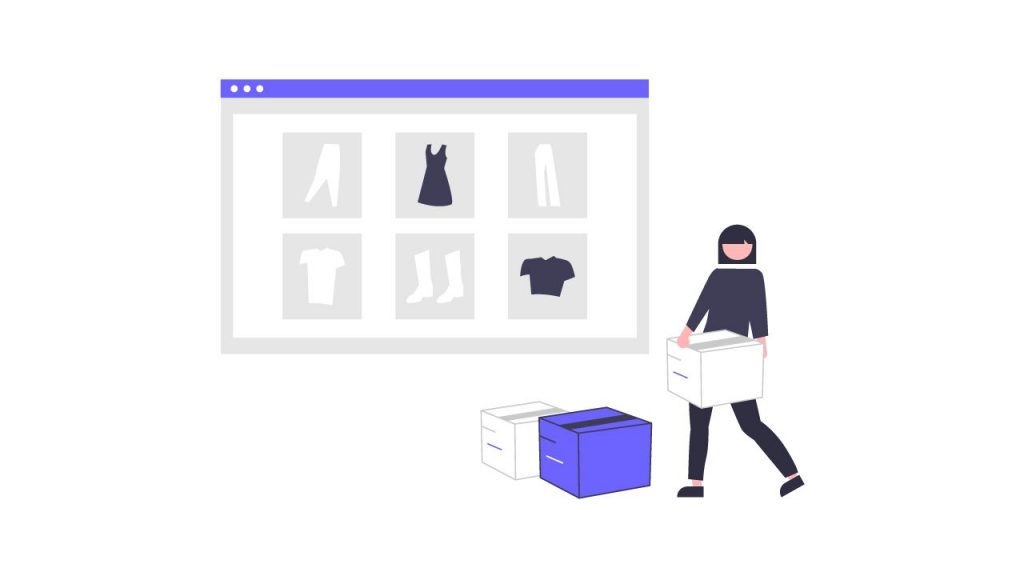
When it comes to tangible commodities, it usually comprises the value of current inventory and any relevant materials and direct labor expenditures paid over the year. It is essential to understand that once the revenues of a business increase, it starts to require more resources to manufacture the goods or services.
Calculating COGS will help determine the actual costs of products sold in a specific time frame.
It does not include the cost of products that have been acquired but not sold.
Calculating COGS helps businesses enhance management and the overall performance of the company by consistently monitoring the progress. You may find COGS in the second line item on the income statement, following sales revenue.
To calculate gross profit, you will need to subtract COGS from revenue. Fixed expenses, such as production overhead, storage expenses, and depreciation expenditure, may also be included in specific cases. In particular cases, it may also include the costs of packaging and shipping the items to their final destination. Management salaries, utilities, as well as marketing expenses are not included in COGS.
COGS formula

To calculate the COGS, you simply need to apply the following formula:
COGS = Initial Inventory + Purchases throughout a particular period – Ending Inventory
To break it down into more details, let’s first understand where you can acquire the above-mentioned data for the COGS formula to work precisely.
Initial inventory predisposes the number of leftovers from the previous period ( for instance, week, month, quarter, etc.)
Purchases throughout a particular period are the price of what the company bought during the accounting period.
Ending inventory are the inventories that the company didn’t sell throughout the time frame.
Once you have the above-mentioned data, you will be able to estimate the cost of goods sold.
Now that you know the formula, we can already apply it to specific cases. Suppose that you want to know your quarterly cost of goods sold. Let’s suppose that the initial inventory is first recorded on October 1, and the ending inventory is recorded on December 31.
The initial inventory is estimated to be $17,000 in value. For the quarter, your purchases total is $8,000, and the ending inventory is $5000. Using the cost of goods sold formula, we can easily calculate the total COGS for the quarter.
$17,000+$8000-$5000 = $20,000
Therefore for the quarter, the cost of goods sold will be $20,000.
The formula for calculating a gross profit

Once you estimate the cost of goods sold, you can also calculate your business’s gross profit for the period. Gross profit is the amount a company has after deducting the expenses of producing a product or delivering a service. You can calculate the gross profit using the following formula.
Gross Profit= Revenue – Cost of Goods Sold
So if your revenue for the quarter is $65,000, you simply need to subtract $20,000(COGS) and get your gross profit, which would be $45,000.
Cost of goods sold vs. operating expenses
To make precise financial statements and records, it is essential to differentiate the cost of goods sold and general operating expenses.
As already mentioned, the cost of goods sold is the price of producing your goods or services.
COGS includes the direct expenses of creating your offerings, such as materials and labor. On the other hand, operating expenses are charges incurred by businesses to keep their operations running smoothly. Essentially, an operational expense is a cost of doing business that is incurred regularly. Rent, utilities, office supplies, salaries and wages, insurance, and legal charges are some of the instances of operating expenses that are not directly related to the production of goods or services.
Operating expenses are vital as they can provide valuable insights, helping you evaluate your inventory management efficiency.
It emphasizes the degree of investment that a corporation must make to earn income, its primary purpose.
Just like in the case of COGS, operating expenses can demonstrate the profitability of your company.
A rise in running costs indicates a drop in earnings for your business. It is a common practice to increase the profitability of a company by reducing operational costs. Nevertheless, it is essential to ensure that such practices do not drastically affect the quality of the product you make.
With modern inventory management systems, such as eSwap, you can automate processes and significantly save your resources. eSwap offers an extensive automation capability that will enable you to automate multiple operations associated with sales order production and modifications. That being the case, you and your team may save a significant amount of time and concentrate on tasks that offer real value to your company.
COGS estimation methods
It is essential to consider that throughout the accounting period, your cost of goods sold may fluctuate.
Everything depends on fluctuating expenses and the inventory methods you choose to work with.
There are four main estimation methods for inventory and cost of goods sold.
First in, first out (FIFO): The first products created or acquired are sold first.
Last in, first-out (LIFO): The most recent things created or acquired are the first to be sold.
Average price: Calculate the average per-item cost.
Last but not least is specific identification, which is unique in that it is only utilized by businesses having uniquely recognizable inventory. Costs may be traced back to a single unit sold and can be explicitly credited. Automobile manufacturers, real estate developers, and others may use this sort of COGS accounting.
COGS under FIFO comprises completed inventory units that were produced first and hence had the most recent costs. In general, this means that you should sell your cheapest items first, and your cost of products sold decreases.
On the other hand, COGS under LIFO is made up of finished inventory units that were created last and thus had the most recent expenses. The approach you utilize is determined by the type of inventory you have.
